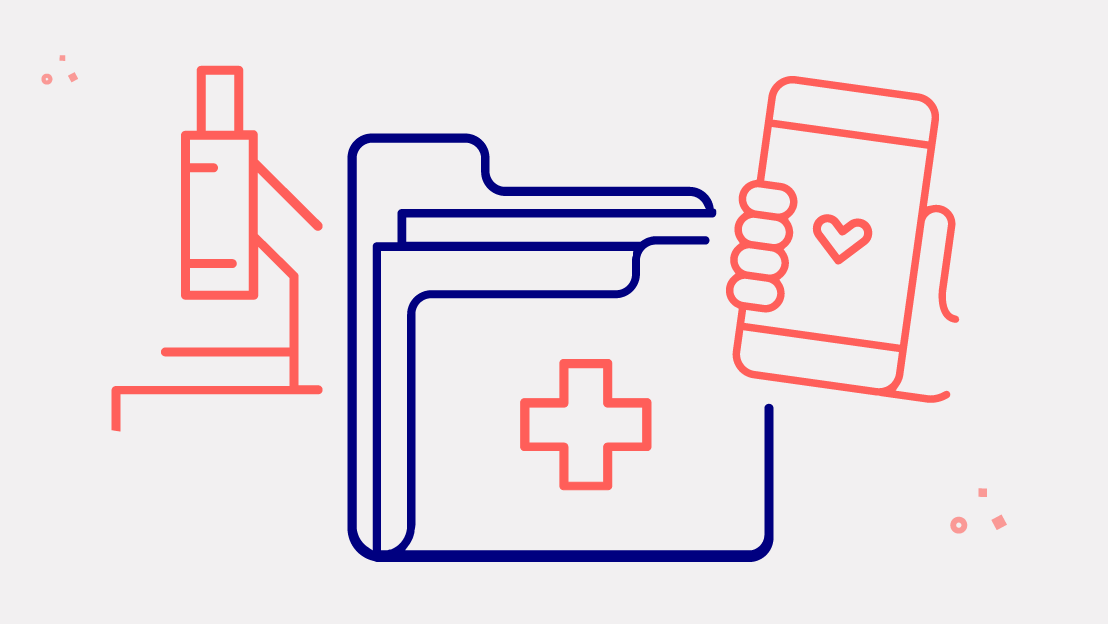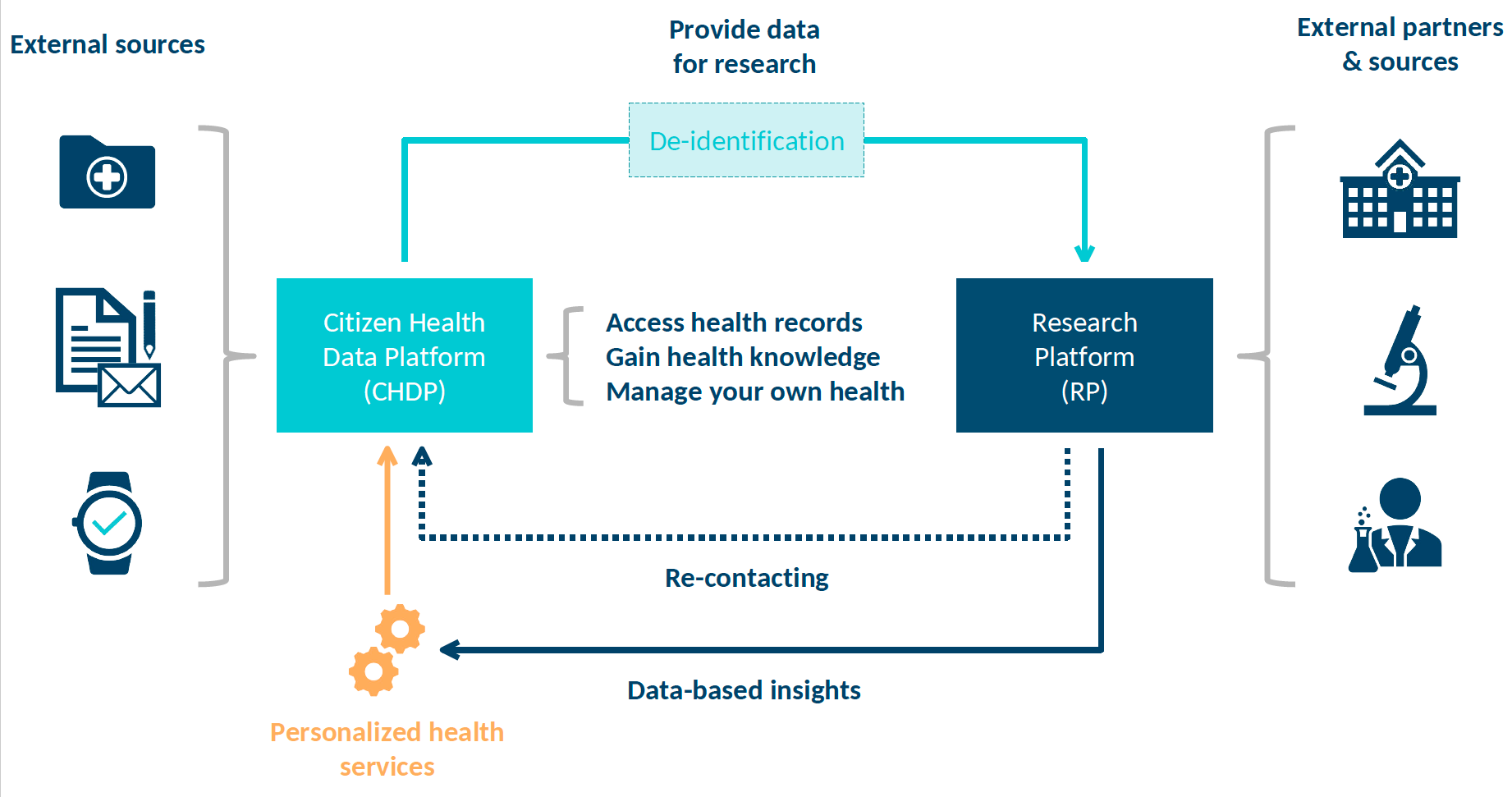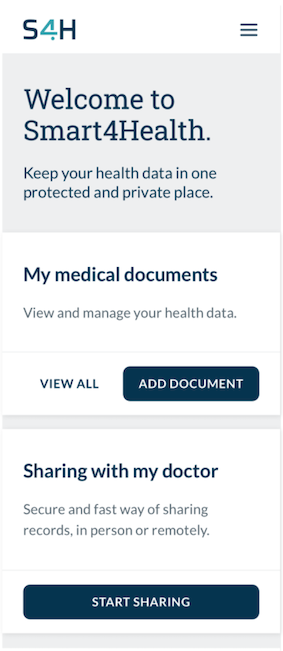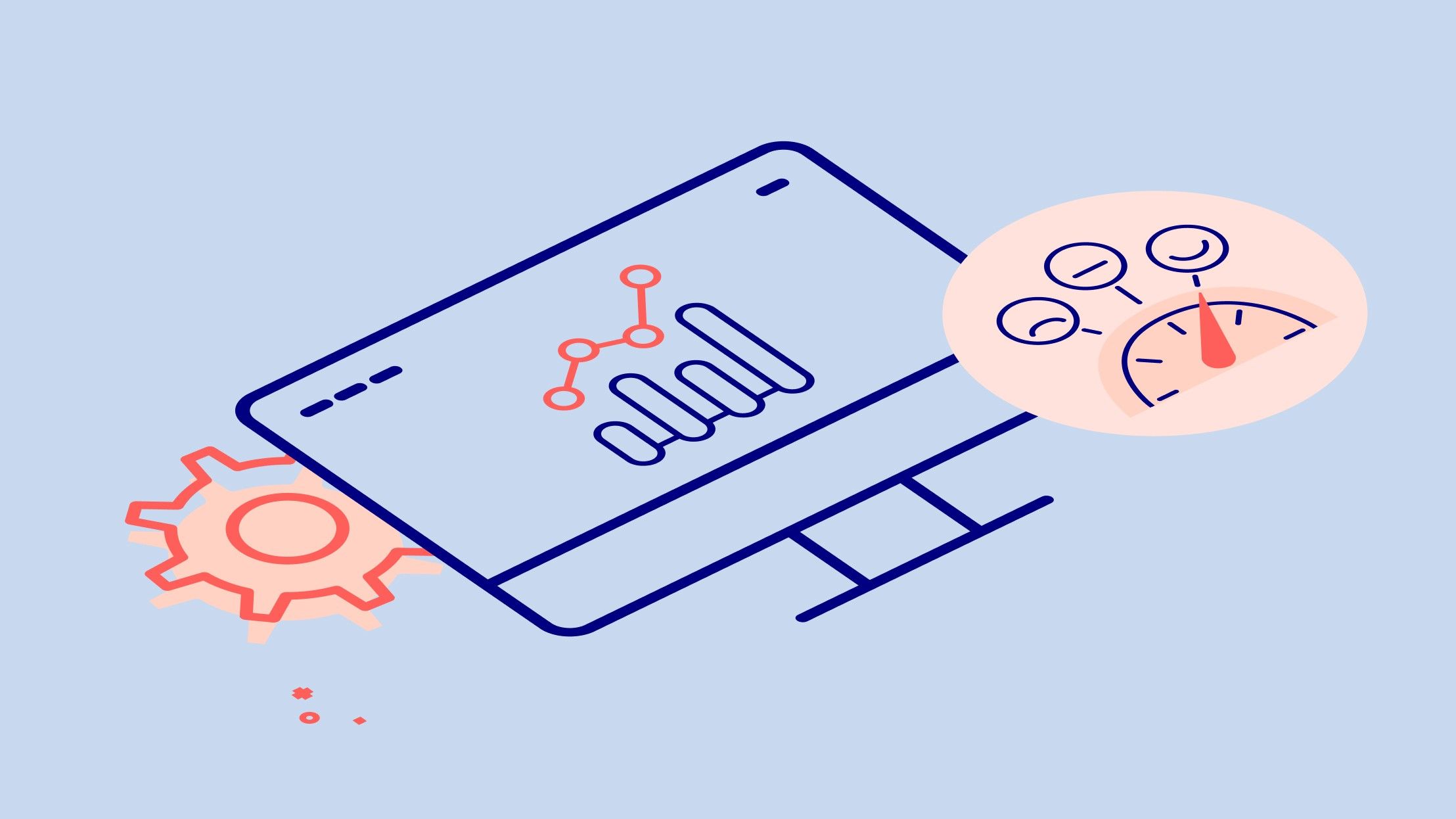
Smart4Health – solving data interoperability in European healthcare
Smart4Health: solving data interoperability in European healthcare
The healthcare sector is facing the challenge of a lifetime: how to solve the lack of interoperability between health information technology systems. From the biggest of hospitals to the smallest doctor’s practice, there are almost no exceptions: healthcare providers are struggling to exchange important information.
While the benefits of IT in healthcare largely outweigh the downsides, we must acknowledge that the lack of interoperability is a result of its implementation, and it must be solved by the same means.
How to solve the lack of interoperability in healthcare
In an ideal world, every health IT provider would use the same formats and protocols for information exchange. This may never be achieved on a global level, but there has been success at a national level in some regions. Estonia, as a European example, has achieved not only nation-wide interoperability and digitalization with its healthcare services, but those services are also interoperable with some other countries, like Finland.
Reaching this level of interoperability is, disappointingly, proving extremely difficult for institutions in most countries. But there may be another, albeit unconventional, solution. What if those receiving healthcare, rather than the healthcare providers, were able to solve interoperability issues?
The rise of user-centered design
Over the past couple of decades, digital solution designers have increasingly begun to focus on their users rather than their systems. Instead of products being designed according to the vision of their creators, as with systems-centered or engineering-driven design, it was their usability that became the priority.
This user-centered design approach benefited many fields, including communication services. The world has progressed from sending SMS messages to using platforms like WhatsApp, where the texting experience is put first. Product designers are thinking less about functionality and more about how it feels to use the product.
User-centered design has helped the healthcare industry too. For example, diabetes management devices have gone from being rather large, uncomfortable, and inconvenient, to smaller wearable patches that can be scanned using a smartphone.
Recognizing the current problems in healthcare interoperability, and hoping to take advantage of modern, user-centered design principles, we co-created the Smart4Health project.
What is Smart4Health?
The Smart4Health project’s goal is to design a digital platform with an interoperable and exchangeable European electronic health record (EHR) that allows EU citizens to be active participants in managing their health. Through this, EU citizens can take ownership of their health records, and carry those records with them, ready to be shared with whomever they want.

Smart4Health aims to introduce a paradigm shift in the healthcare space by placing the citizen in the center of their healthcare decisions. The citizen will be empowered with the opportunity to share health data with physicians, medical centers, and for research, as well as to cooperate with healthcare providers.
Within the EU and beyond, the 4HealthPlatform will allow citizens to store, access, and share their own health and healthcare data, through an easy-to-use, secure, and portable health data and services prototype. The 4HealthPlatform data layer will connect to the 4HealthNavigator portal to provide advanced personalized health services, accessible whenever and wherever.

Citizens will also be able to upload data (from EHR, to self-collected data, to work-health related data) using various features, and share that data with people they trust and healthcare professionals. Finally, citizens willing to support scientific research will be able to donate their data to the science community.
Building today a healthier tomorrow
Smart4Health’s technologies will be developed in a co-creation process using 8 Citizen Use Cases. These use cases cover all aspects of the 4HealthNavigator and 4HealthPlatform and will help improve the user experience and system usability. Citizens from different national, cultural, and institutional health-related contexts will be able to test, and interact with, the various health data management features. They will be able to do this at home, at work, while traveling, or during leisure and sports activities.
Smart4Health is based on a truly multidisciplinary approach with a project team of 18 beneficiaries from 8 EU member states and the United States of America. This includes information and communication technology developers, hospitals, social sciences researchers, physiotherapists, nurses, informal caregivers, regional governments, research centers, universities, and small and medium-sized enterprises.
Smart4Health will contribute to solving healthcare interoperability, and improving the health and well-being of EU citizens, for building today a healthier tomorrow.
Learn more about the role of Data4Life in Smart4Health and visit the official Smart4Health website for the latest updates.


